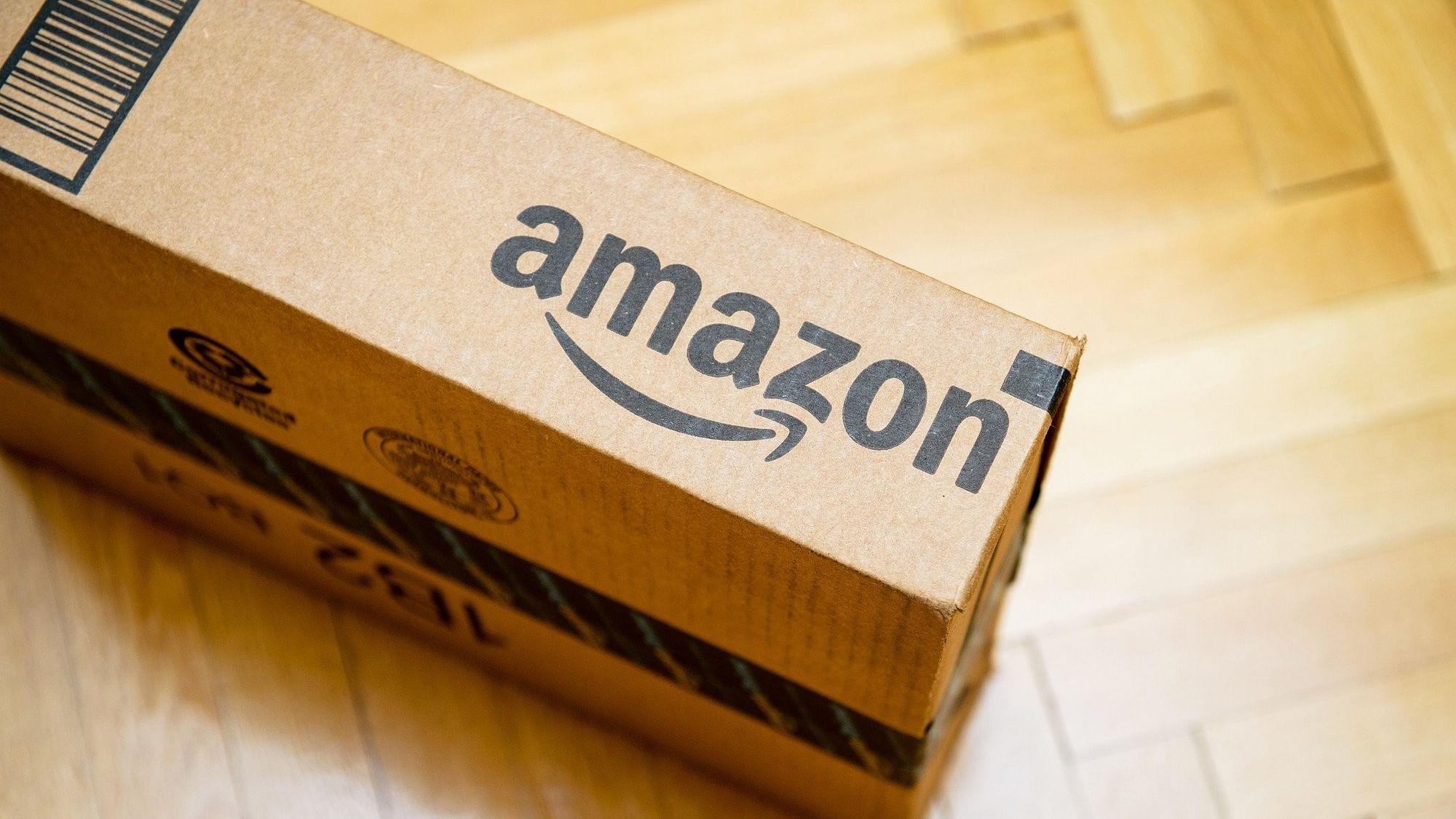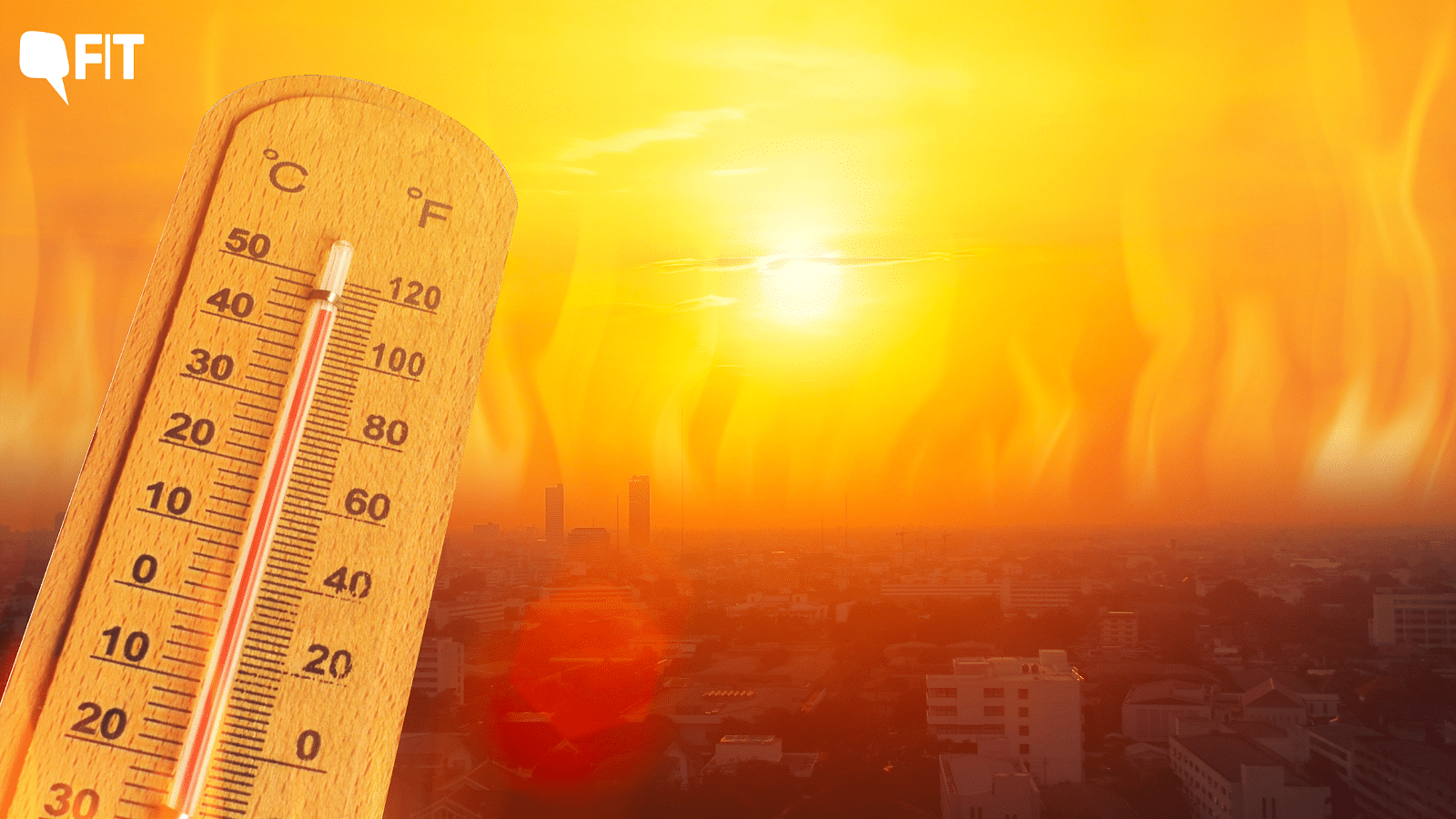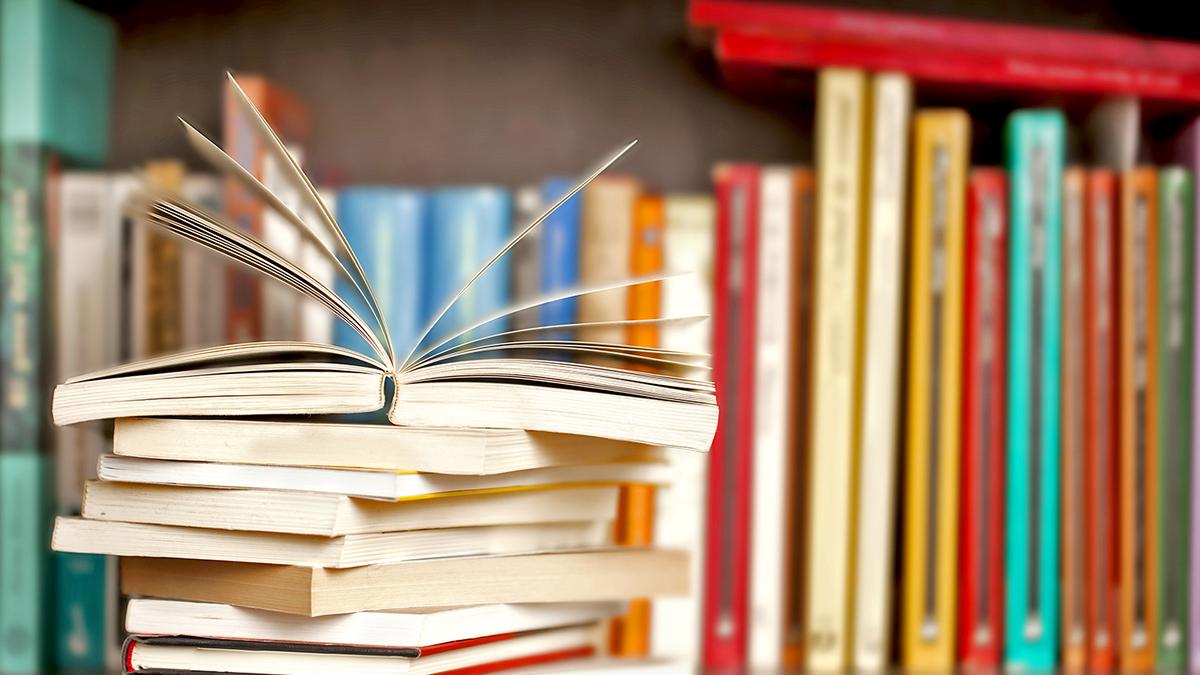"India's household debt has risen to approximately 40 percent of its GDP as of December 2023," a report by financial services company Motilal Oswal stated in a report that was published last month.
This trend could mean that the Indian economy is under serious financial stress.
Household debt means that the total sum of all the various types of outstanding loans in the economy is equal to 40 percent of India’s GDP ($4.1 trillion) as of the third quarter last year.
These loans are categorised as:
Secured Loans, which are taken on a collateral and include – housing loans, loans against gold, car loans, mortgages, etc.
Unsecured Loans, which are not taken on a collateral and include student loans as well as personal loans.
Hence, the total of all these outstanding loans is equal to 1.6 trillion dollars. According to the report, among all these, unsecured personal loans have grown at the fastest pace.
'Indians Have Loaned More Money From Banks Than They Have Deposited'
This comes after data from the Reserve Bank of India (RBI) released in September last year had shown that the household net financial savings have plummeted to a 47-year-low of 5.1 percent of the GDP.
Net financial savings is calculated as the difference of financial assets, (which includes bank deposits, currency, insurance, pension, mutual funds and investments in small saving schemes) and financial liabilities (which includes loans from banks and Non Banking Financial Companies).

The report indicates that financial liabilities of Indian households have increased in the last five years.
(Screenshot: Report by Motilal Oswal Financial Services)
According to the Motilal Oswal report, the financial liabilities of Indian households have increased in the last five years – from 4.1% of the GDP in FY 19 to 5.8% of the GDP in FY 23. However, financial assets have reduced in the same period from 12% of the GDP to 11% of the GDP.
'More People Taking Loans to Consume Than to Invest'
To understand what this data means, let’s put these numbers in context with rising inflation and average household income.
According to a survey conducted by People Research on India’s Consumer Economy (PRICE), except for India’s top 20 percent income earners, real wages have grown sluggishly in the last 10 years.

Income growth by income group in India, 2016-2021.
Source: India's Consumer Economy (ICE) 360 survey conducted by PRICE.
"This means that more people are now taking loans to consume or for household expenditure and not to invest or buy a house or pay off old debts," said Deepanshu Mohan, Director of the Centre for New Economics Studies (CNES) at O.P. Jindal Global University in Haryana
Mohan added that high household debt and low household savings could point to dwindling purchasing power of the remaining 80% income earners and could spell serious trouble for the Indian economy as private consumption continues to weaken.
Attacking the PM Modi-led government at the Centre over this data, senior Congress leader Jairam Ramesh said, “All the alarm bells are ringing in the Indian economy, only Mr. Modi does not seem to hear them.” He added, “the fact is that stagnant wages and high inflation have forced households to take loans just to get by.”
Voters too are worried about the state of the Indian economy. A whopping 70% people acknowledged that prices have increased, according to a Lokniti CSDS survey, reported by The Hindu.
(At The Quint, we are answerable only to our audience. Play an active role in shaping our journalism by becoming a member. Because the truth is worth it.)

 1 week ago
99
1 week ago
99



